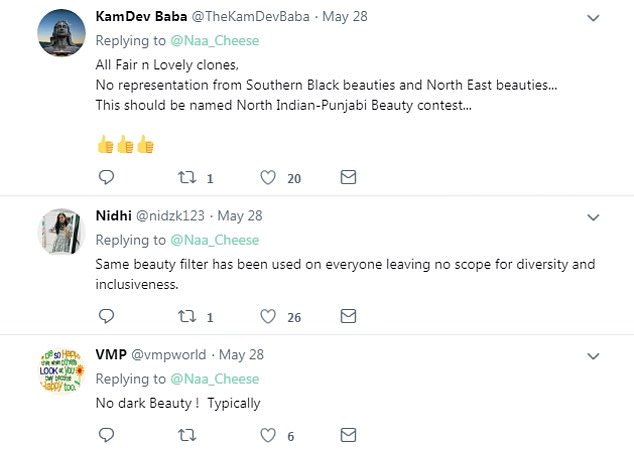
Miss India beauty pageant criticized for having fair-skinned contestants
The Annual Femina Miss India contest of 2019 brought in a lot of heat this year, this includes criticism, the beauty pageant got criticized for having contestants that are all fair-skinned, many human rights activists said that the beauty pageant failed to respect the women in India who have a darker skin color.
Unveiling the 30 State Winners of Fbb – India's Fashion Hub COLORS TV Femina Miss India 2019. The state winners of Miss…
Posted by Femina Miss India on Sunday, 26 May 2019
The Femina Miss India contest is held every year, and this year, the Times of India, which also belongs to the group that is responsible for organizing the beauty pageant, posted a collage of pictures of 30 women that represented a state in the country, one thing you would notice is that the women are all fair-skinned.

Muna Beatty, an Anti-Colorism activist, called the selection of the beauty pageant as a “copy-paste job”.
Muna added that all contestants looked the same with having same long dark hair and fair skin.
The activist added that the bias in the beauty pageants in India is impacting the self-esteem and mental health of girls and women in India who have dark skin.
During a call with the Thomson Reuters Foundation, Muna Beatty said, “You have youngsters, kids watching this and thinking to themselves ‘if I don’t fit these criteria or this skin tone, then I’m not beautiful’ and … ‘I’m not good enough’.”
A lot of people on social media platforms complained about the selection of Femina Miss India, people said that the selection did not represent the diversity of each state, especially in the southern states of India, where most people are dark-skinned.

When the Thomson Reuters Foundation asked the Times Group of India and the Femina Miss India to give a comment about the selection, they did not respond.
The Femina Miss India or famously known as the Miss India Beauty Pageant contest, selects contestants from different states of India, the winners get to compete in Miss World, Miss Earth, Miss Universe, and Miss International.
According to the World Economic Forum’s Global Gender Gap Report, India is currently at the 108th rank when it comes to Gender Equality, which is conducted in 149 countries.
Colorism in the country started before the 1600s when the hierarchy was still based on Caste systems.
All wealthy, priests, and royals were at the top of the caste system, and the laborers and other manual jobs people were placed at the bottom of the system.
Farmers and other people who were in the agricultural fields became darker after getting a lot of exposure to the skin, this is was also the start of people being racially profiled by their skin colored.
Everything went more nuts when the European Invaders said that all light-skinned people were more powerful and had more access to privileges.